Henri Cartier-Bresson, a name synonymous with street photography, revolutionized the genre in ways that resonate with photographers to this day. Dubbed the “father of street photography,” Cartier-Bresson’s approach to capturing spontaneous moments redefined not only the art of photography but also how people viewed the world through a lens. His work was a harmonious blend of art, technique, and philosophy that encapsulated life’s fleeting moments with unparalleled finesse.
This in-depth exploration will shed light on why Henri Cartier-Bresson is regarded as the father of street photography, touching on his innovations, his photographic style, and the lasting legacy he left behind.
You can find Henri-Cartier Bresson on the web:
1. The Origins of Cartier-Bresson’s Photographic Journey
Henri Cartier-Bresson was born in 1908 in Chanteloup-en-Brie, France. Initially, he pursued painting and had a deep interest in the Surrealist movement, which would later influence his photographic vision. His encounter with photography happened almost serendipitously when he bought his first Leica camera in the early 1930s. It was a defining moment in his life that would lead him to become one of the most influential photographers of the 20th century.
Cartier-Bresson was profoundly inspired by the idea of capturing life as it unfolded in the streets. He believed in photography as a form of artistic expression that could reflect the complexity and beauty of everyday life. His early fascination with Surrealism, which emphasized the unconscious, the irrational, and the spontaneous, translated seamlessly into his street photography. This conceptual foundation laid the groundwork for his groundbreaking approach to the art form.
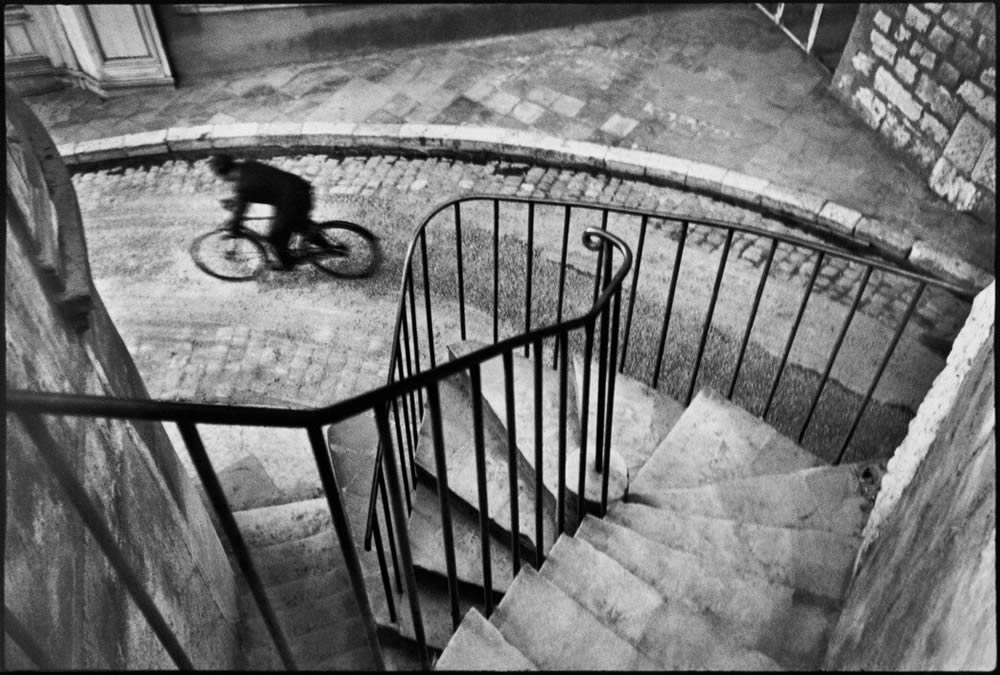
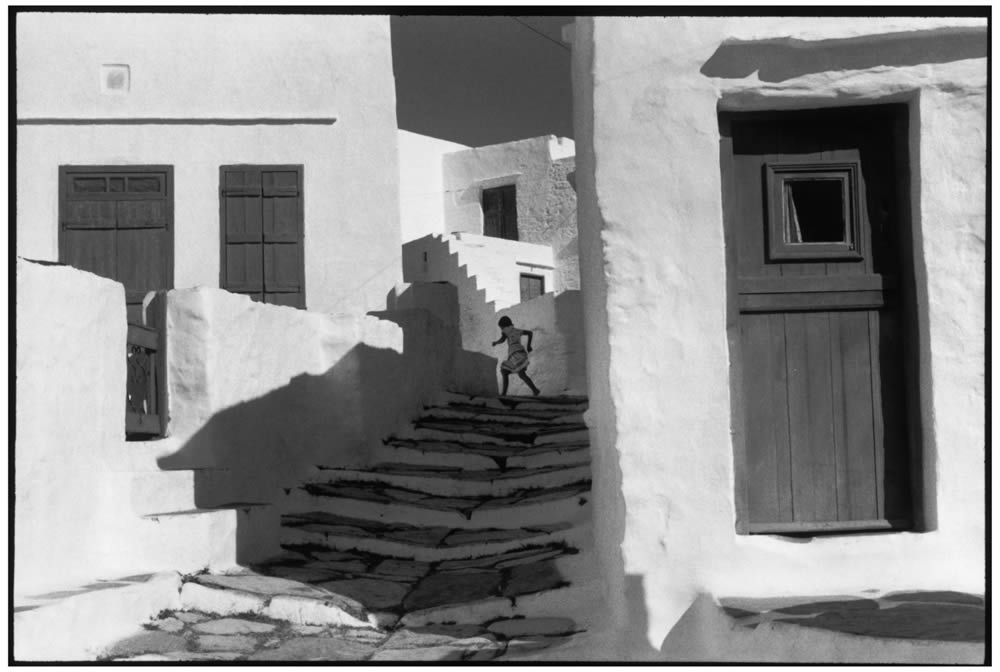
2. The Decisive Moment: A Philosophy that Defined an Era
One of the key reasons Cartier-Bresson is celebrated as the father of street photography lies in his concept of the “decisive moment.” This idea, articulated in his 1952 book Images à la Sauvette (The Decisive Moment in English), captured the essence of his photographic philosophy. The “decisive moment” refers to that split second when all the elements within a frame align perfectly—composition, movement, emotion, and context. According to Cartier-Bresson, this moment reveals a deeper truth about the subject and the scene.
Cartier-Bresson mastered the art of anticipating these moments, often described as instinctual rather than premeditated. His ability to predict and capture fleeting, unrepeatable moments in everyday life set him apart from his contemporaries. He famously said, “To me, photography is the simultaneous recognition, in a fraction of a second, of the significance of an event as well as of a precise organization of forms which give that event its proper expression.”
The “decisive moment” continues to be a guiding principle in street photography today. Cartier-Bresson’s belief that a photographer must remain invisible, quietly observing without intervening in the scene, became the foundation of candid photography. He considered the camera as an extension of the eye, believing that photography was not merely about technical mastery but about being at the right place at the right time to capture the truth of a moment.
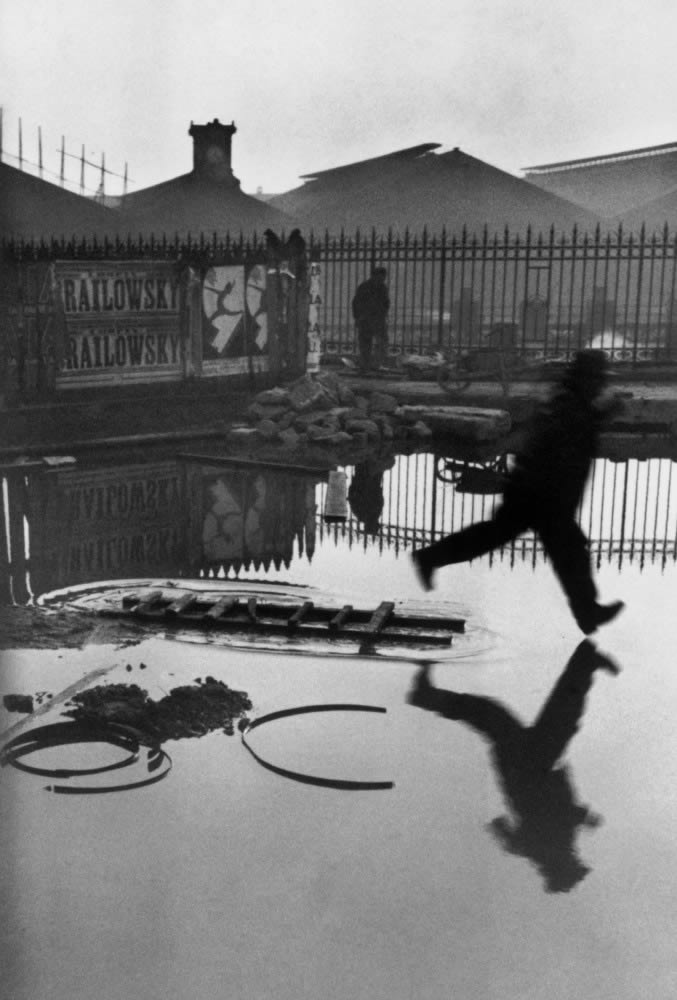
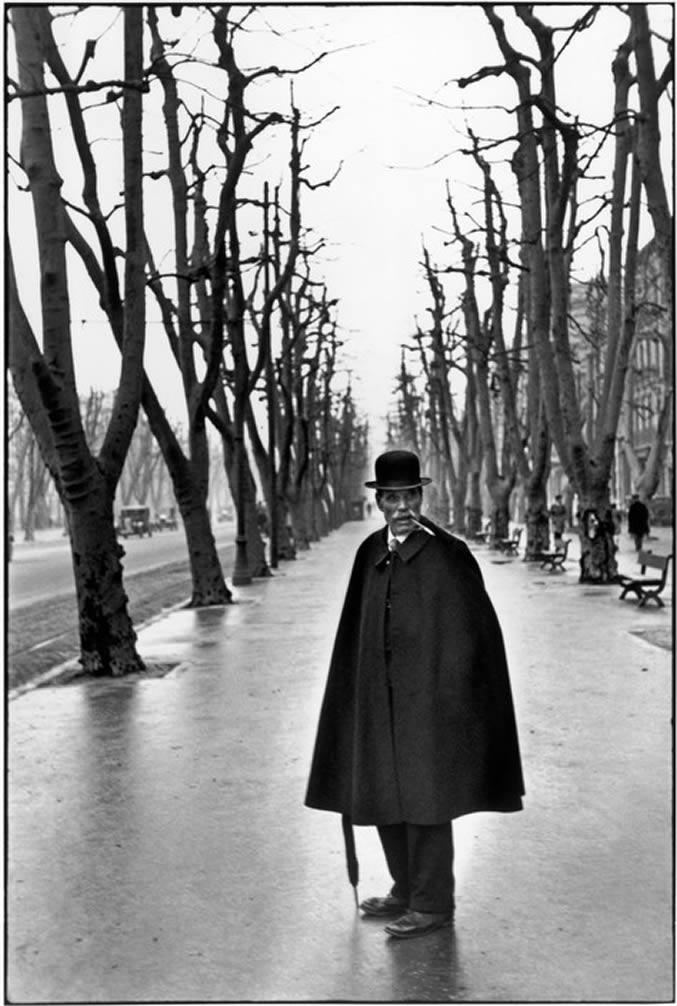
3. Innovations in Style and Technique
Cartier-Bresson’s stylistic innovations played a significant role in shaping the genre of street photography. His signature use of the Leica 35mm camera allowed him to move with agility and remain unobtrusive. This compact, quiet camera became a crucial tool in his practice, giving him the freedom to photograph in a variety of situations without drawing attention to himself.
What set Cartier-Bresson apart was his commitment to composition. His images are characterized by strong geometric elements, often incorporating leading lines, framing, and balance. He was heavily influenced by classical art, and this understanding of form and structure is evident in his work. He avoided cropping or retouching his photographs, believing that the composition should be perfect the moment the shutter is clicked.
Cartier-Bresson also rejected the use of flash or artificial lighting, preferring to use natural light to maintain the integrity and authenticity of the scene. His photographs are a masterclass in how to use light and shadow to enhance storytelling, creating depth and mood without disrupting the scene.
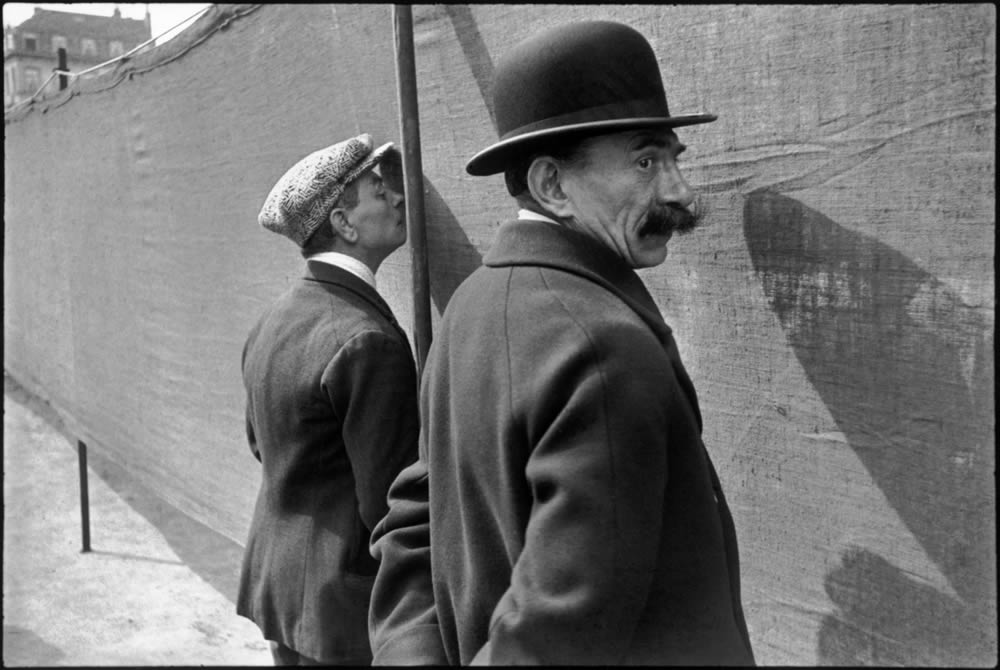
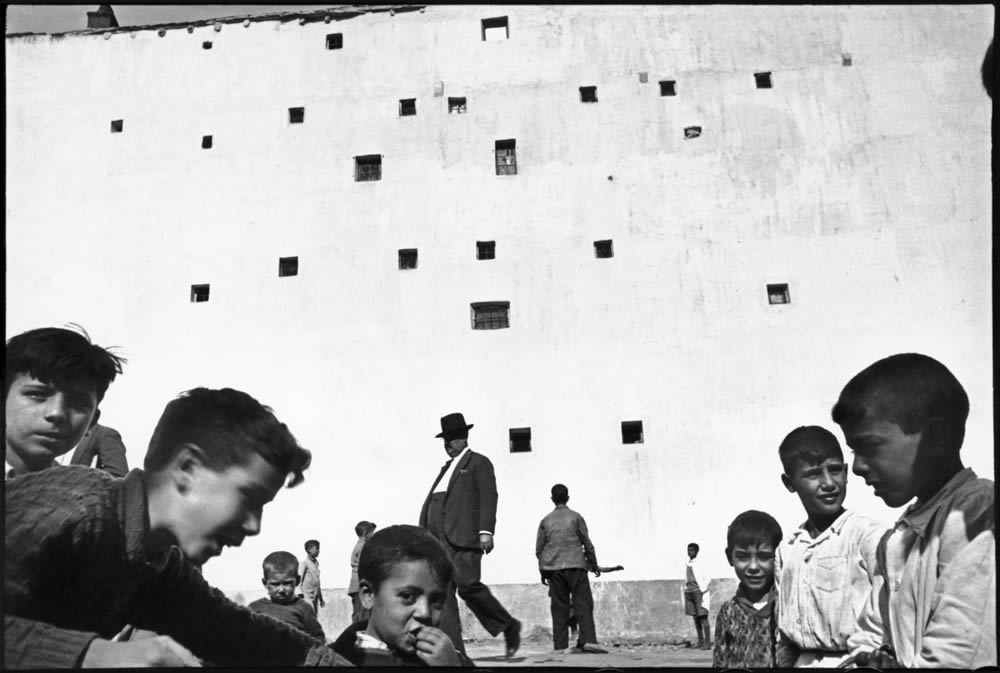
4. Documenting History Through Street Photography
Henri Cartier-Bresson’s contributions to street photography extend far beyond technique and philosophy—his work is a historical record of some of the most significant moments of the 20th century. He co-founded Magnum Photos in 1947, a cooperative agency that aimed to provide photographers greater control over their work, especially in the context of photojournalism.
Cartier-Bresson traveled the world and documented crucial historical events through his lens. He was present for the liberation of Paris in 1944, Gandhi’s last moments in 1948, and the rise of Communist China. Despite photographing major world events, he always maintained his commitment to capturing the human element. Even in the midst of war and political upheaval, Cartier-Bresson’s images are more focused on the people and their lives than on the spectacle of the event itself.
For example, his iconic photograph of a man jumping over a puddle behind the Gare Saint-Lazare in Paris (1932) is a quintessential example of his ability to transform an ordinary, fleeting moment into something magical. The image captures the man suspended in mid-air, just before he splashes into the water. It is the perfect realization of the decisive moment, with its balance of composition, timing, and subject.
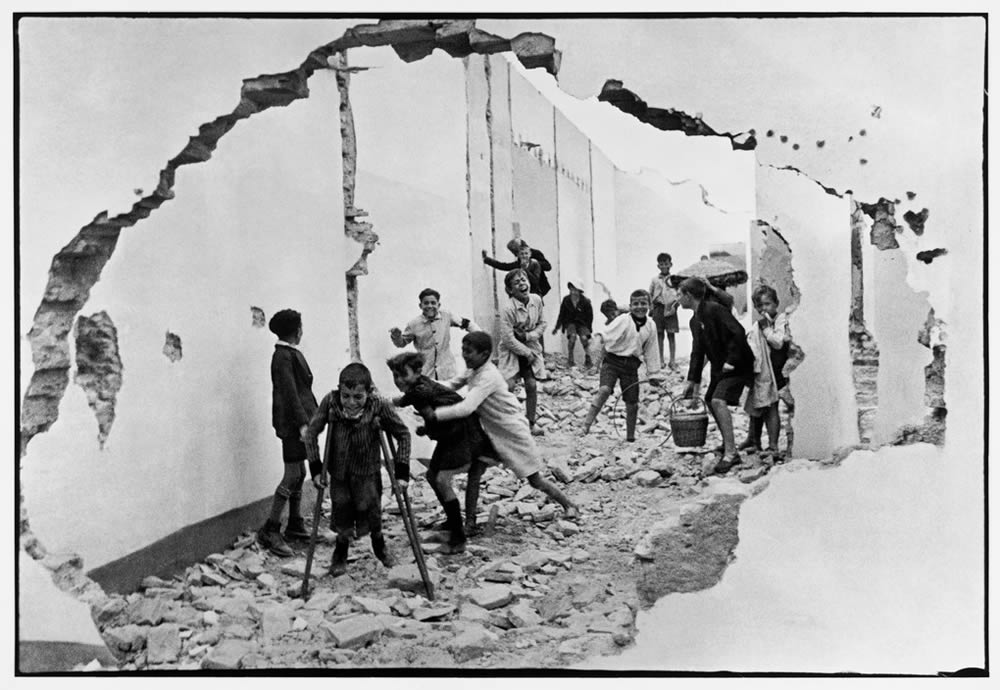
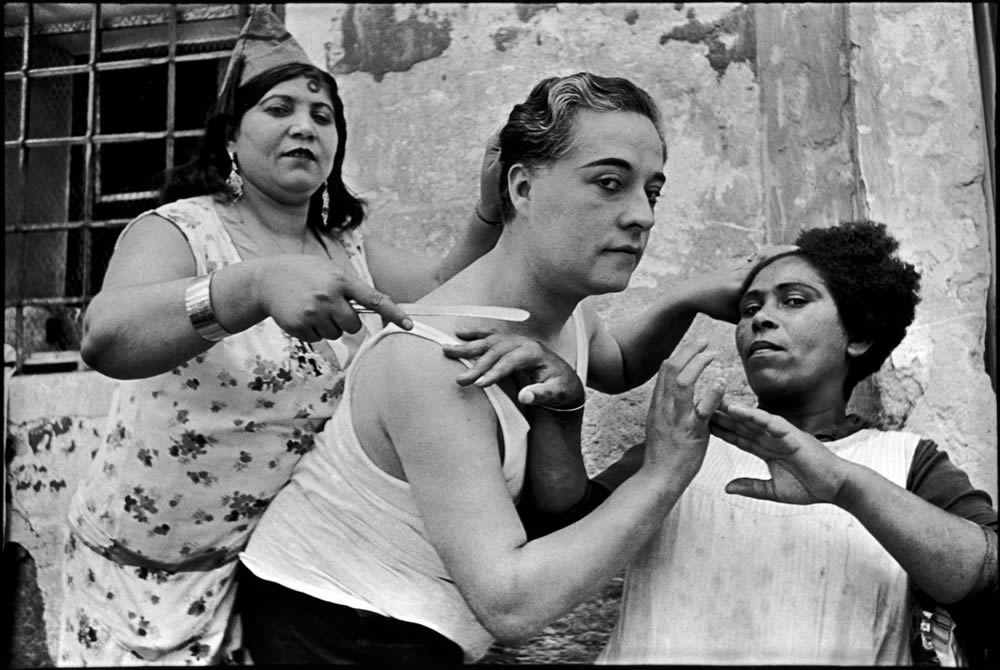
5. A Lasting Legacy
Henri Cartier-Bresson’s influence on photography cannot be overstated. As the father of street photography, he pioneered an approach to the medium that continues to inspire photographers across the globe. His focus on spontaneity, authenticity, and the art of composition reshaped how the world saw photography—not as a mere mechanical process but as a profound artistic medium.
Cartier-Bresson’s work also elevated street photography from a niche pursuit to a legitimate and respected art form. Before him, photography was often considered less significant than painting or sculpture, but his work bridged the gap between fine art and documentary photography. His photographs blurred the lines between the two, establishing street photography as an essential mode of visual storytelling.
His legacy endures through the countless photographers who continue to draw inspiration from his work. Today, street photographers still seek to capture their own decisive moments, applying the principles that Cartier-Bresson championed over 80 years ago. His belief in the power of the candid, unstaged photograph resonates in an era where the spontaneity of real life is sometimes overshadowed by overly staged or manipulated images.
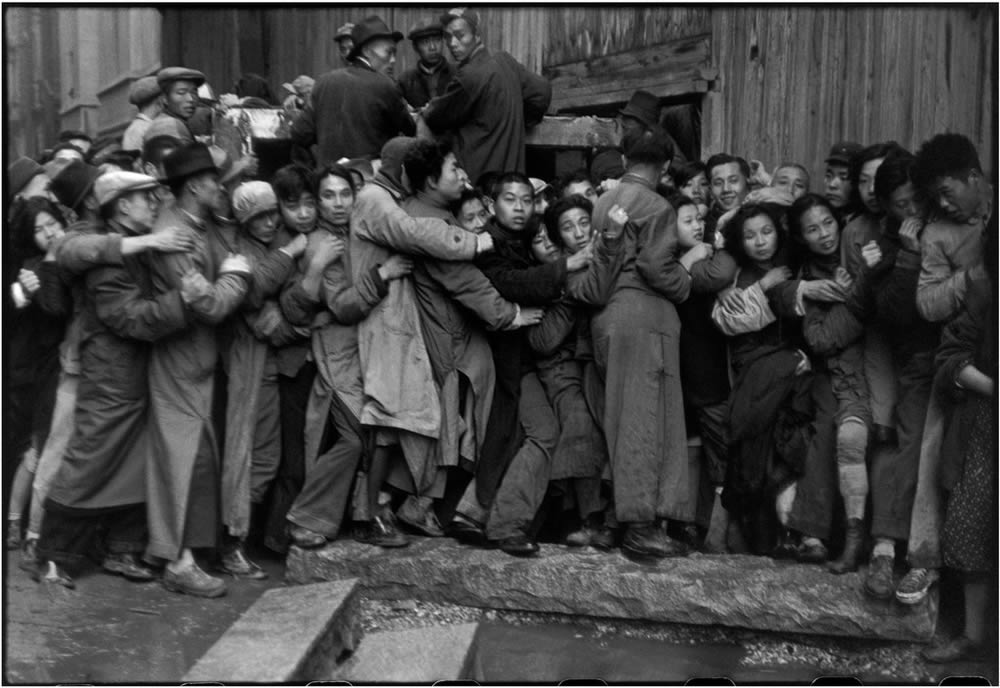
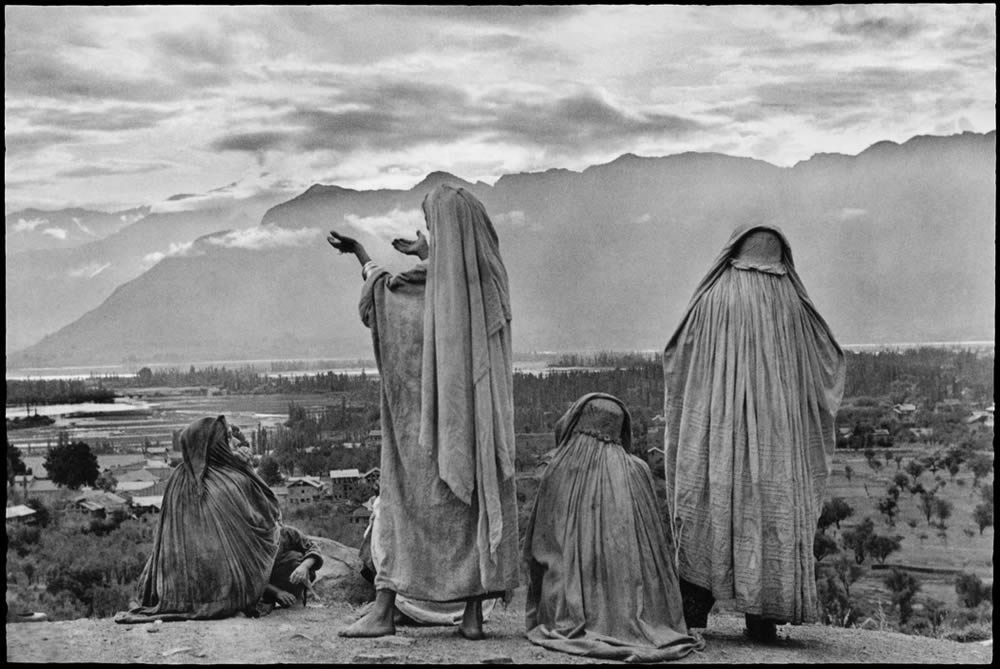
Conclusion
Henri Cartier-Bresson’s title as the father of street photography is well-deserved, as his contributions to the genre are both profound and enduring. He not only revolutionized the way photographers approached their craft but also redefined what photography could accomplish. By focusing on the decisive moment, Cartier-Bresson transformed the everyday into art, capturing the beauty, complexity, and raw truth of life on the streets. His legacy continues to shape the field of street photography, ensuring that his vision will remain a cornerstone of the art form for generations to come.
